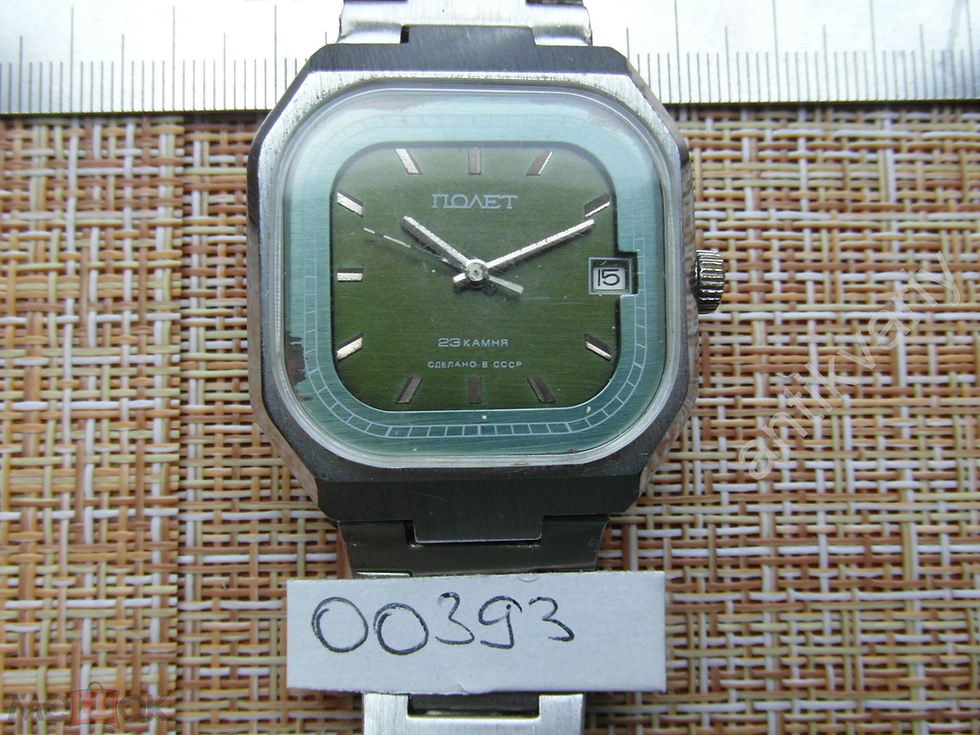6x2: first AK-47 bayonet
- Vlad Besedovskyy

- Jul 15, 2023
- 4 min read
Updated: Jul 10
The Soviet AK-47 bayonet collecting is one of the more popular and historically fascinating military hobbies out there. It just feels so good to hold one in your hand - a designer product of steel and bakelite. What is interesting, is that during the Soviet-Afghan War, officers tended to collect local knives and swords, while soldiers were more into explosives of different kinds. This became obvious from the statistics at the infirmary.

This article is the first part of the five-article long story of the Soviet AK bayonet development. It is also part of the bigger list of all hand-held weapons used by the Soviet Army in Afghanistan, which, in turn, will become a photo book someday. As usual, the article will cover the development history of the bayonet, its use in the forces, and its presence in Afghanistan.
Development history of the first AK-47 bayonet
The first version of the bayonet, which was considered a standard addition to the Kalashnikov assault rifle, was the bayonet 56-X-223C from the SVT-40. The bayonet was taken unchanged and installed on an experimental machine gun of 1951, which would later become an AK machine gun with a milled receiver (AK “type 2”). But the new AK would be put into service without a bayonet after all.

The serial version of the bayonet for the Kalashnikov assault rifle had the 56-X-212 index (the common name 6X2 is incorrect). It was adopted along with the "lightweight" AK assault rifle (AK "type 3") in 1955 and was called the bayonet, and not the bayonet knife, as they were called in the future. Although its design allows it to be used as a knife. The blade of the bayonet 56-X-212 was a copy of the SKS bayonet in shape but was a little shorter.

AK assault rifles manufactured before 1955 were produced without bayonets and were intended to be used without them. However, with the adoption of the 56-X-212, many of the previously produced assault rifles (with stamped and milled receivers) were adapted for its installation. Refinement of old machine guns for the installation of a bayonet was carried out during their military and arsenal repair by forming a stepped protrusion for the bayonet latch at the base of the front sight.
But a significant number of early-release AKs have not undergone such changes. Moreover, some of the AK Type 3 assault rifles with a lightweight receiver made in early 1955 were not adapted for the bayonet. This is probably due to the delay in the introduction of the bayonet into mass production, relative to the modification of the machine to which it was intended.

The handle lining consisted of two dark cherry-colored mirrored fiberglass plates, fastened to the handle with two screws and nuts. To avoid spontaneous unwinding, each screw was centered inside the nuts at two points.
For the entire period of production, the 56-X-212 bayonet did not undergo any structural changes and had a single appearance. The production of these bayonets was carried out only in Izhevsk, as evidenced by the stamps on the left side of the handle at the base of the blade. On the bayonets assigned to specific AKs, a four-digit number was applied, repeating the number of the rifle. Less common are bayonets from spare parts that do not have numbers.

6x2 in the Soviet Army
By the manual for the AK assault rifle published in 1955, only automatic rifles with wood stocks were equipped with a 56-X-212 bayonet. The above modifications to early AK assault rifles also applied only to full-stock assault rifles. The bayonet 56-X-212 was structurally impossible to use with automatic weapons of later modifications, starting with the AKM.
In the 1970s and 1980s, these bayonets were used in isolation from machine guns: they were used, in particular, by paratroopers, practicing the skills of throwing edged weapons.

An interesting point: in the movie “In the Zone of Special Attention”, the main characters of the picture are armed with AKS74 assault rifles, but they do not have 6X4 bayonet knives as melee weapons, but bayonets that are visually similar to 56-X-212 bayonets in the corresponding scabbard. Instead of a regular handle, a cast part made of white metal is visible.

Such a knife can also be found in the exposition dedicated to the troops of the Airborne Forces of the Central Museum of the Armed Forces (Moscow) on one of the mannequins. Probably, this was an attempt to "re-profile" the existing bayonets into a practical edged weapon, suitable for further operation already in isolation from the outdated AK assault rifles for which they were originally intended.

First Soviet AK bayonet in Afghanistan
Surprisingly, the first pattern AK bayonets somehow made their way into Afghanistan. It is unclear how they made their path into the contingent, given that the oldest rifles used by the Soviet Army in Afghanistan would typically be AKM or AKMS, which were supplied with other bayonets.

It does look like the people who actually used these bayonets were using them more like service knives, as it was a much better option than AKM or AK-74 bayonets for that purpose. Any other types of knives apart from bayonets were very rare in the Soviet Army - maybe so that the soldiers do not hurt each other.

In Afghanistan, there were more options to get hands-on civilian-grade knives, but that option was not always available for many soldiers. So using an AK bayonet was a logical solution if such a knife was available.





Comments